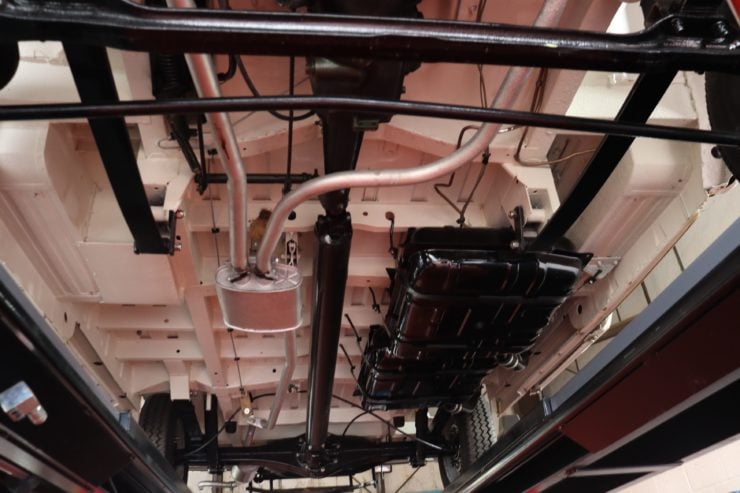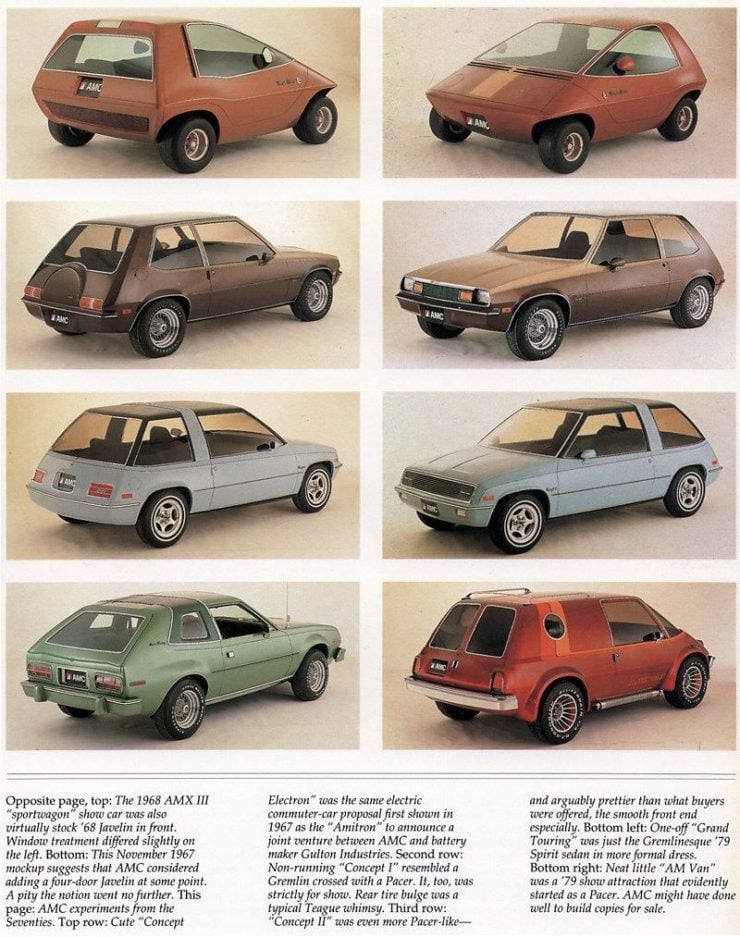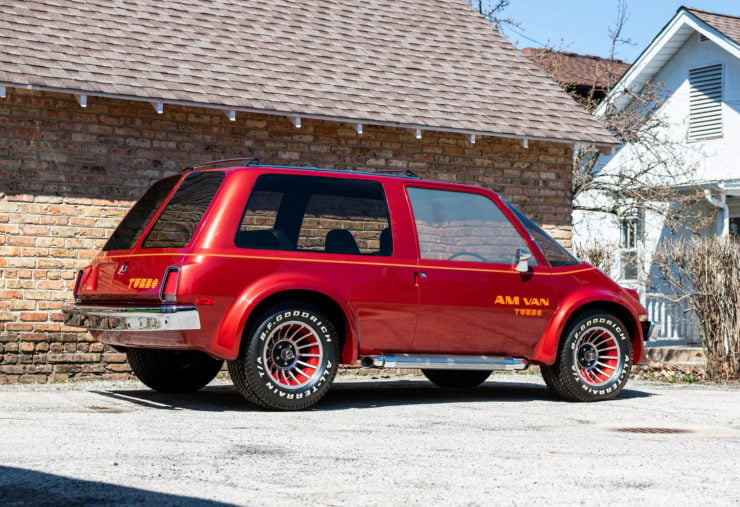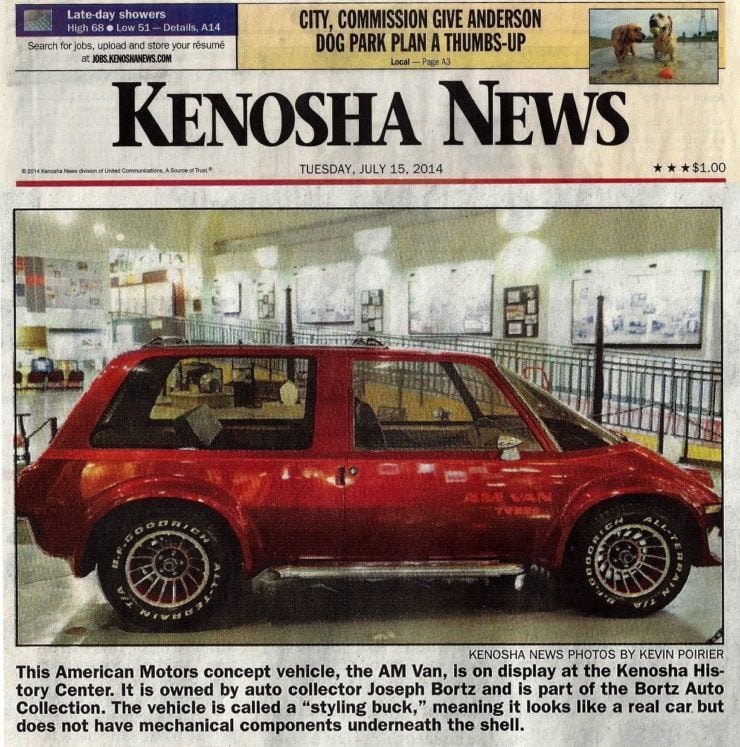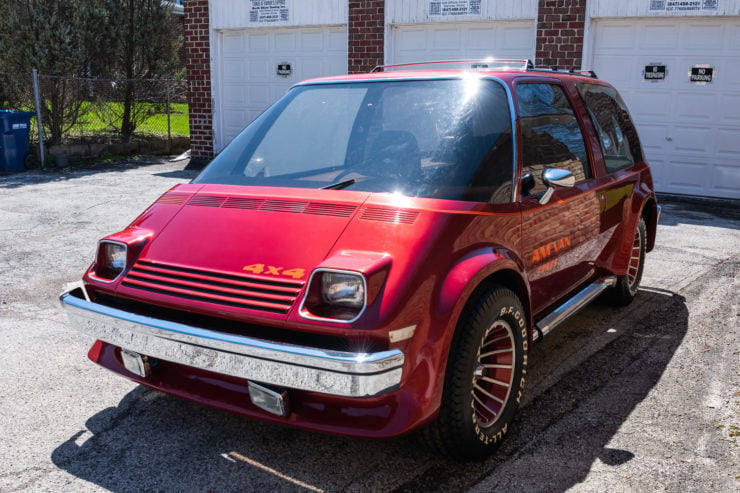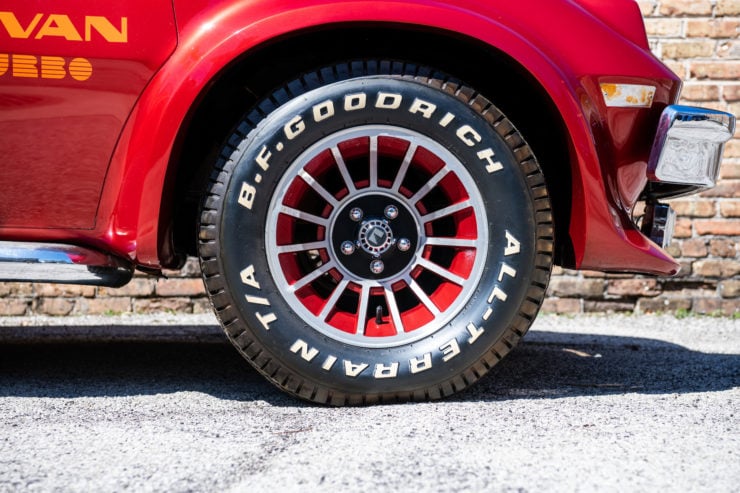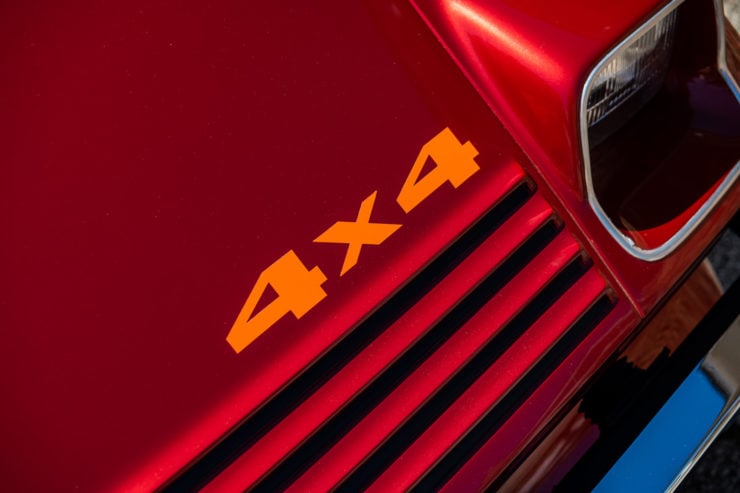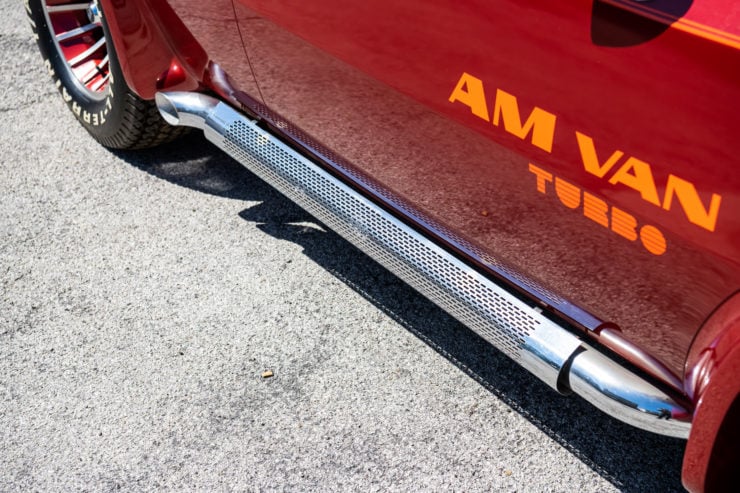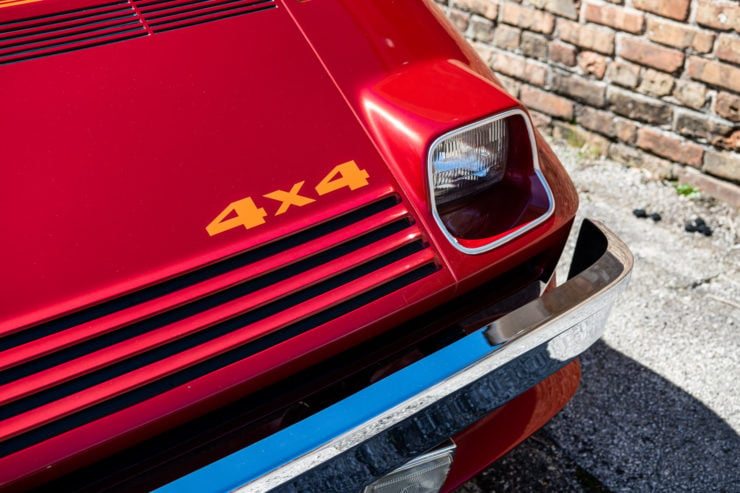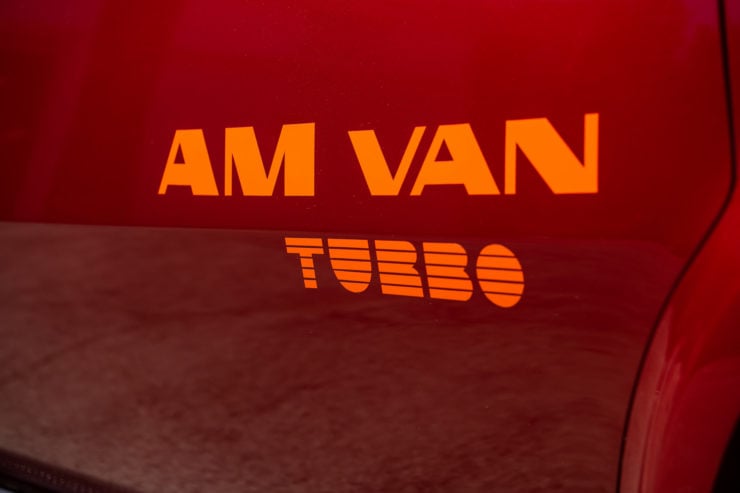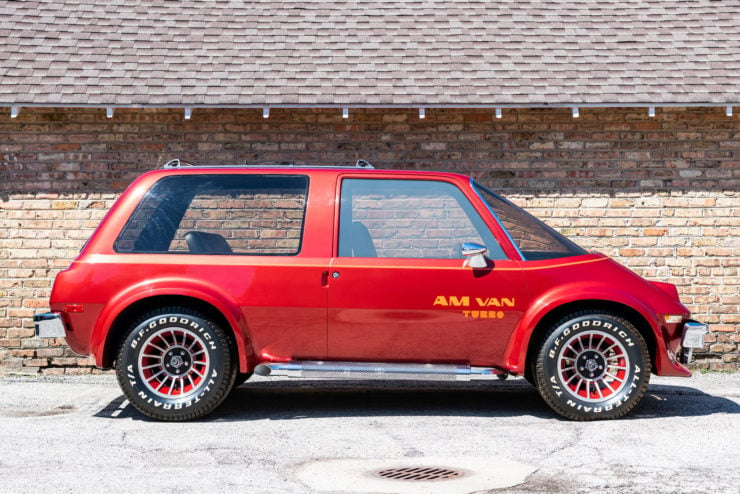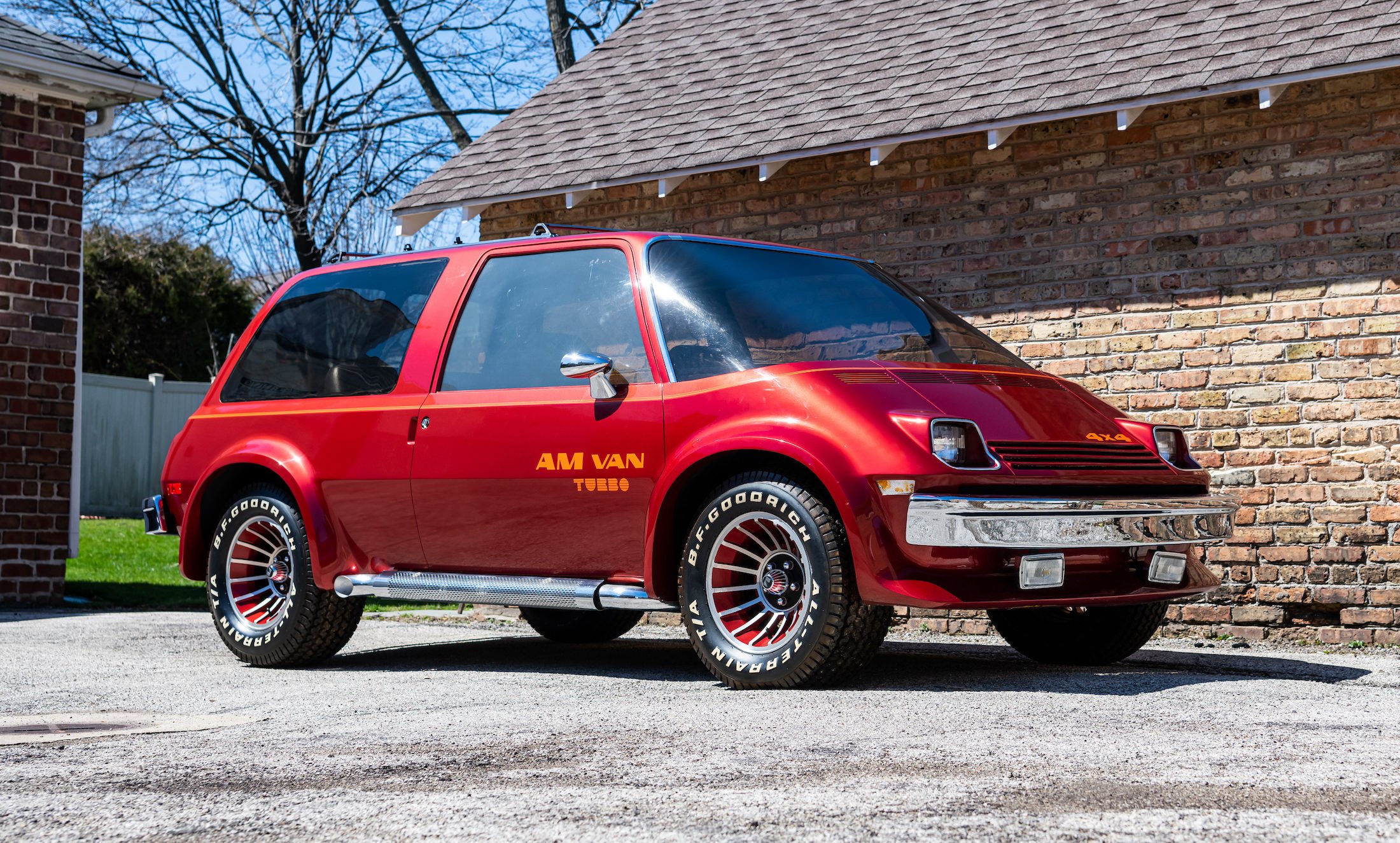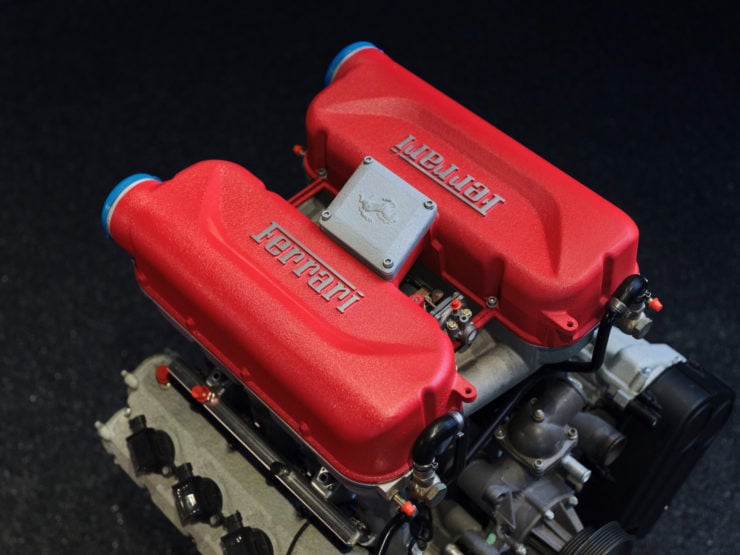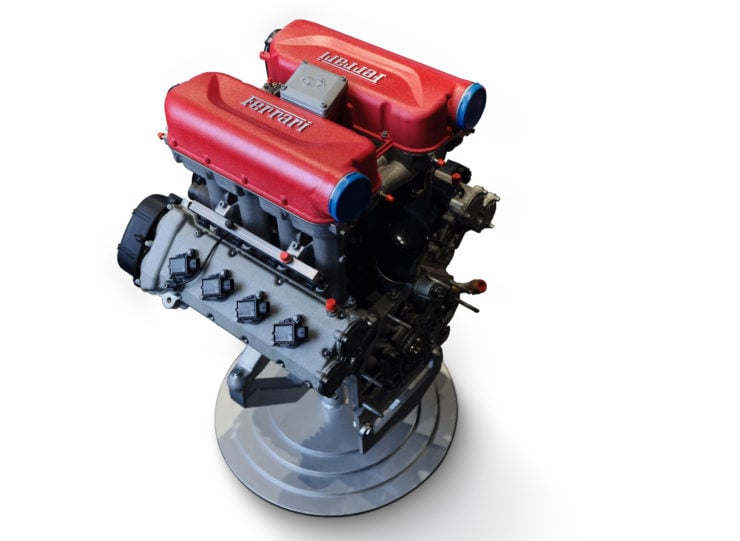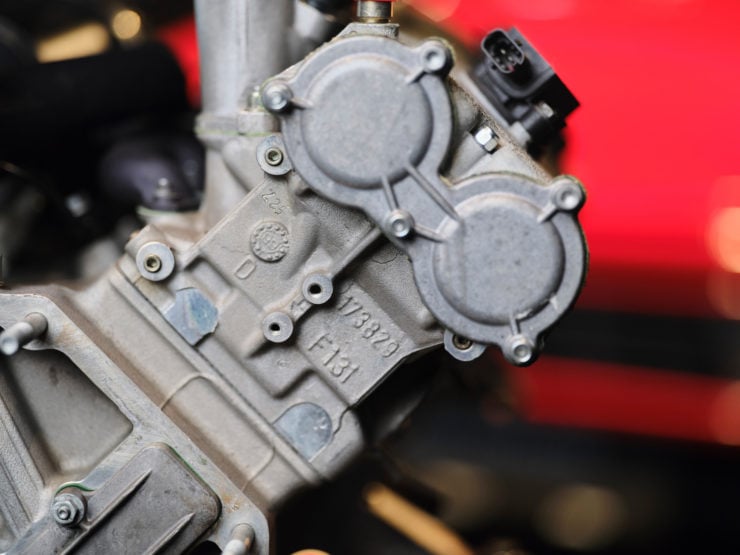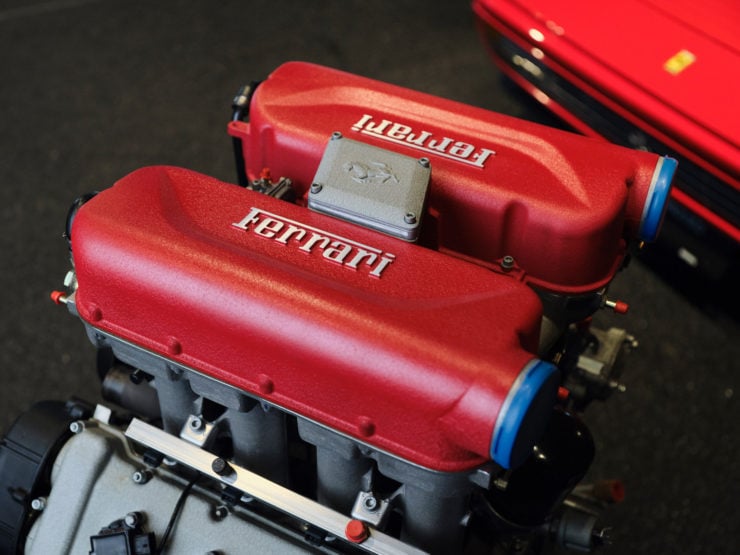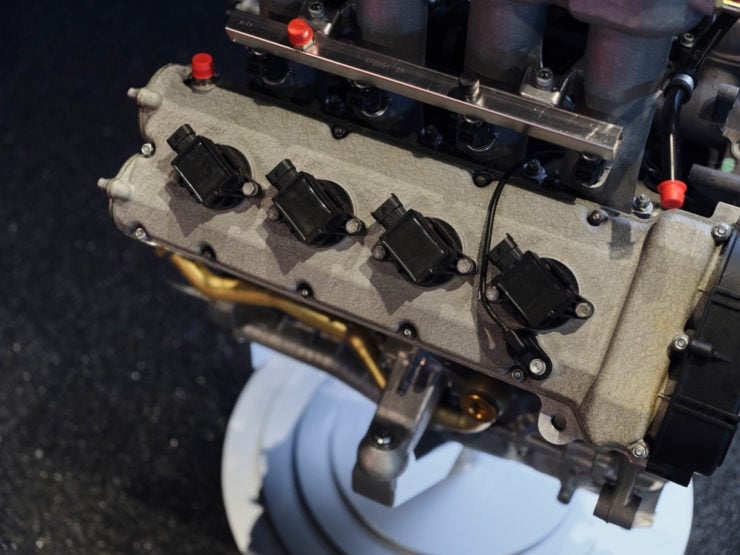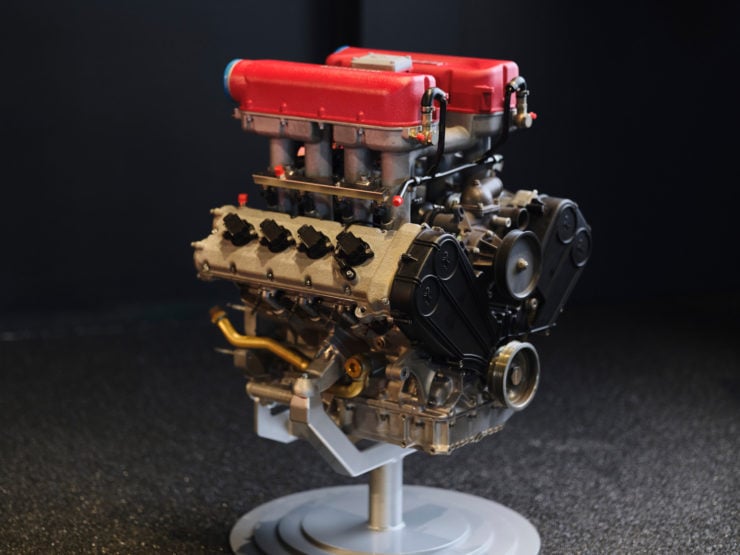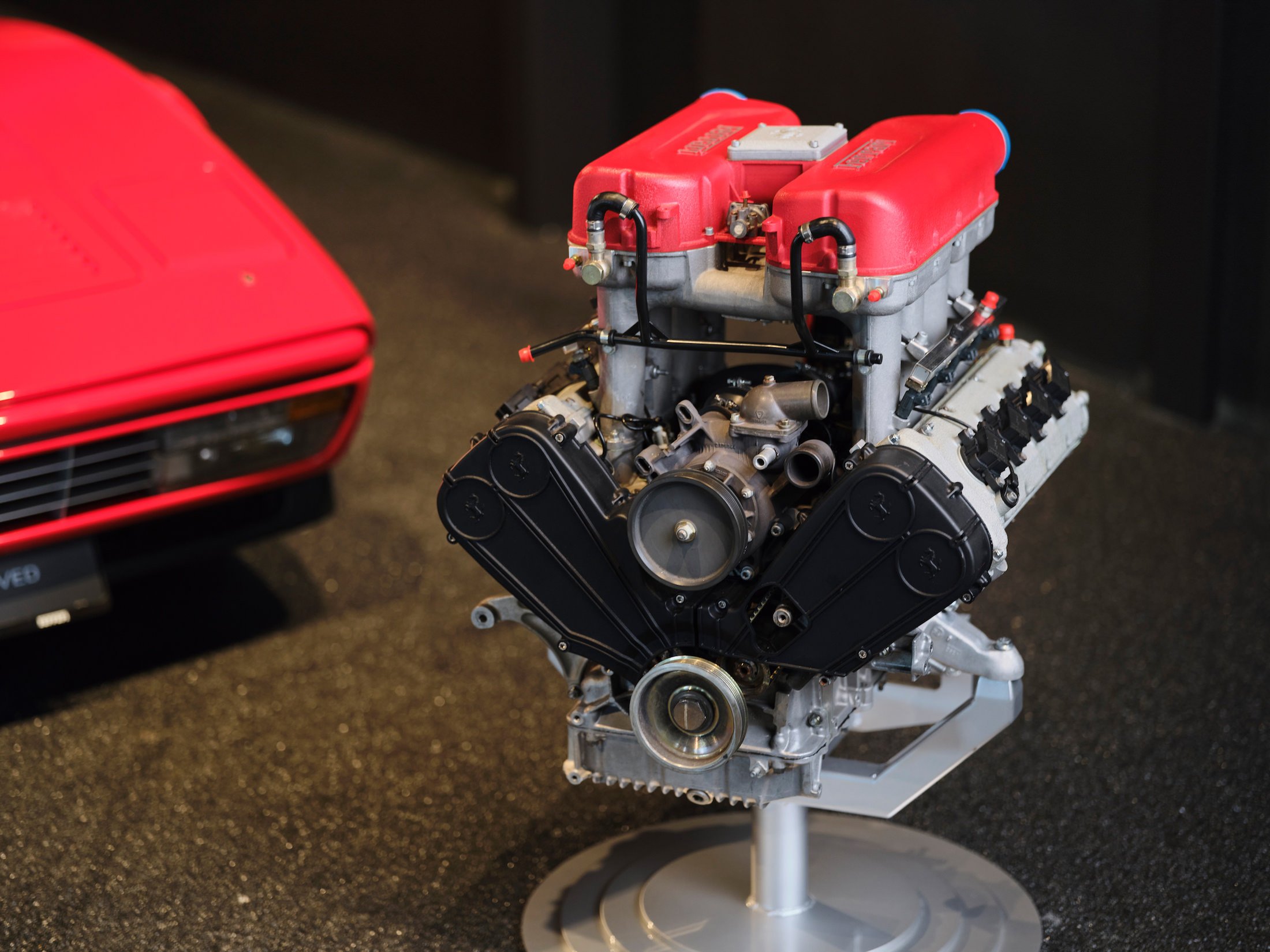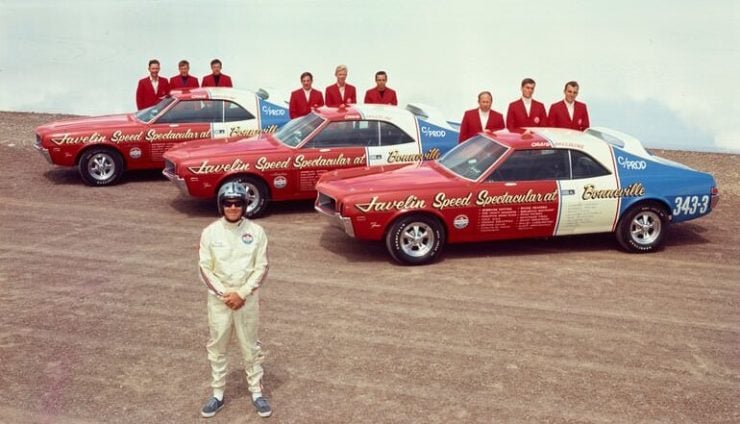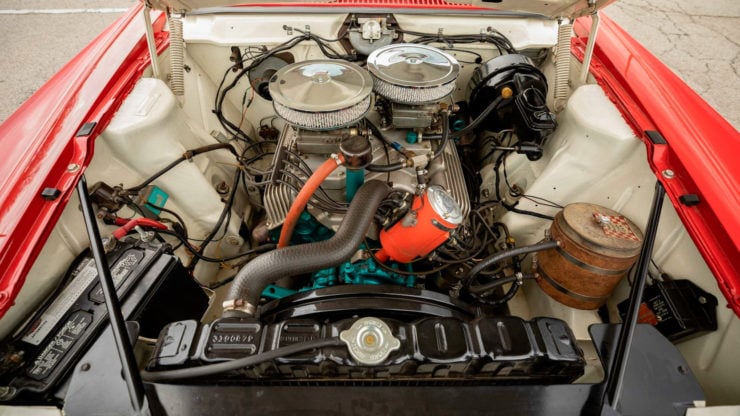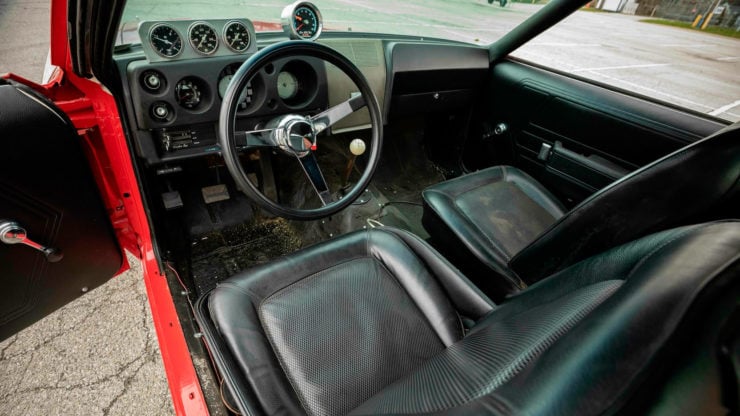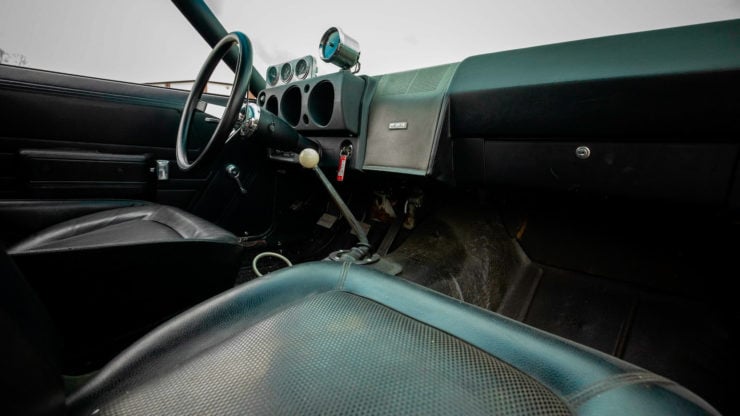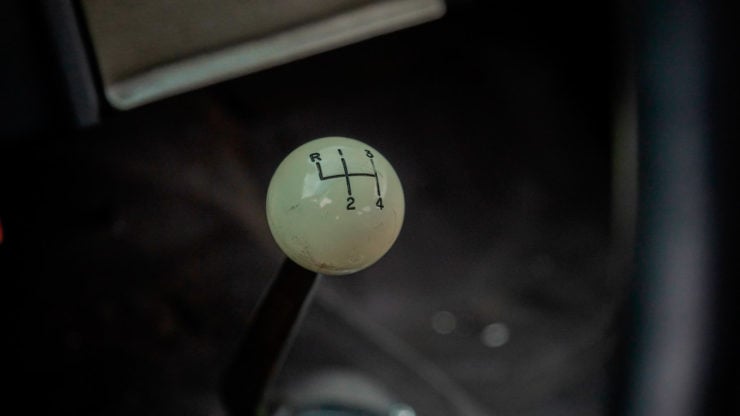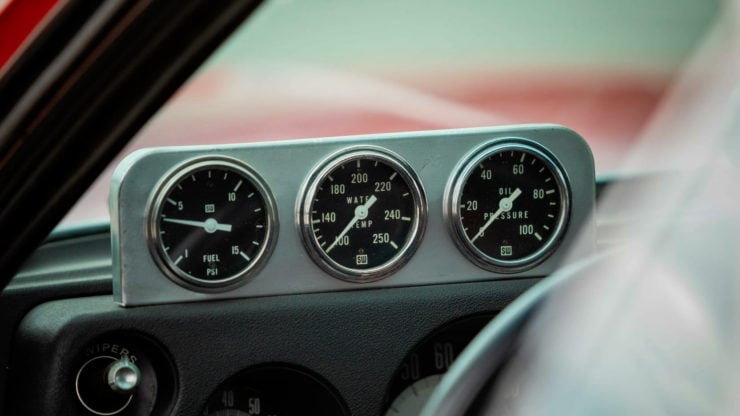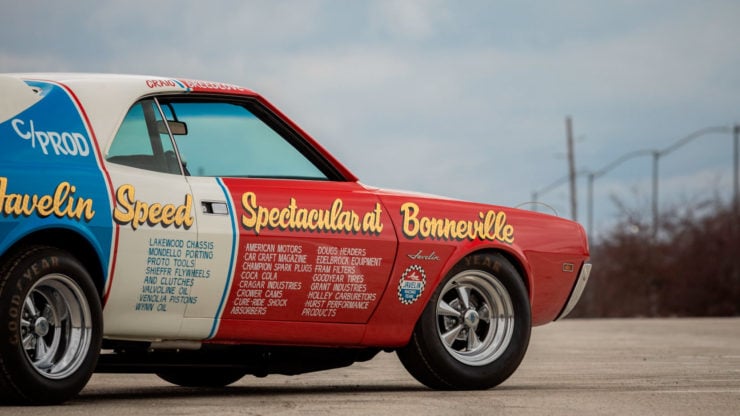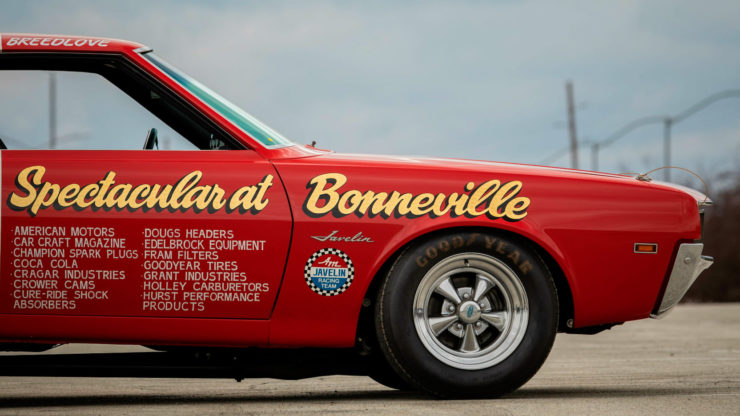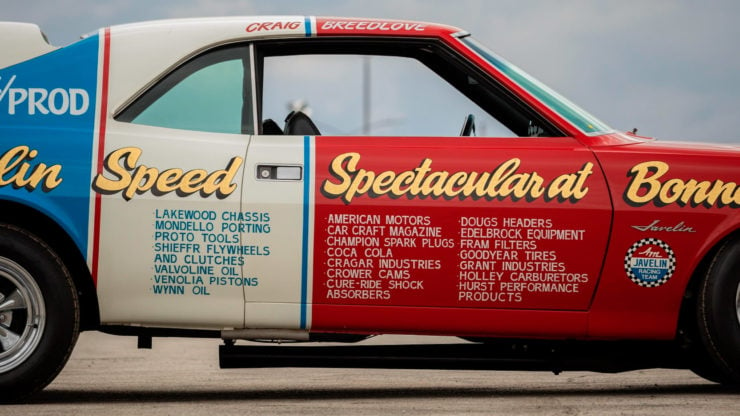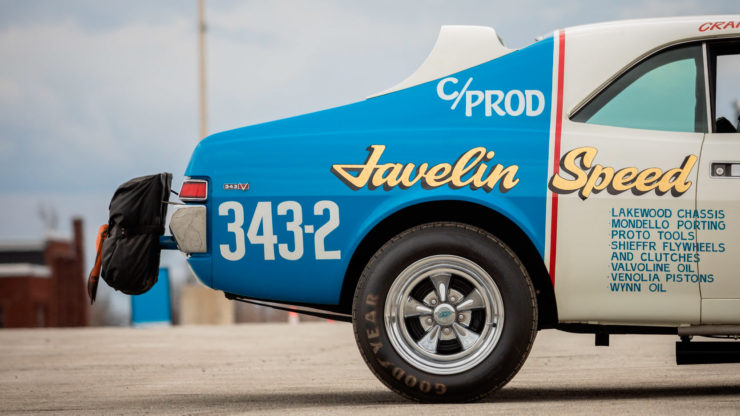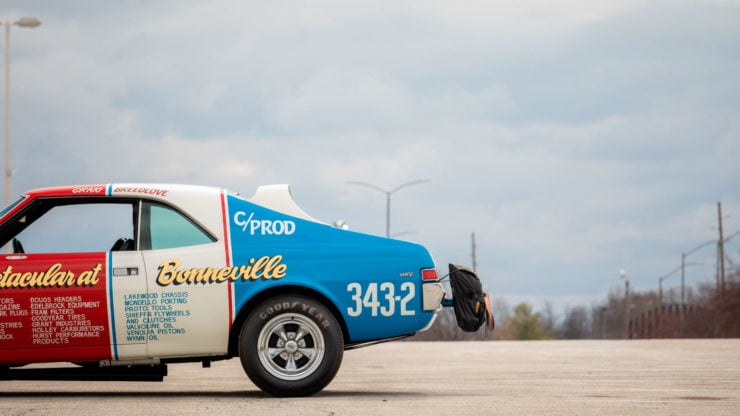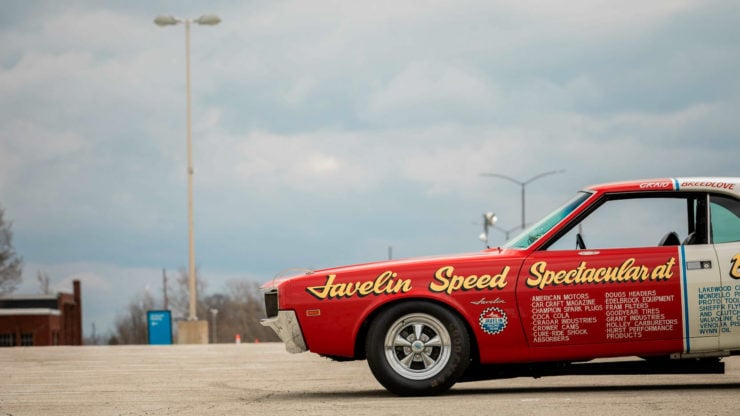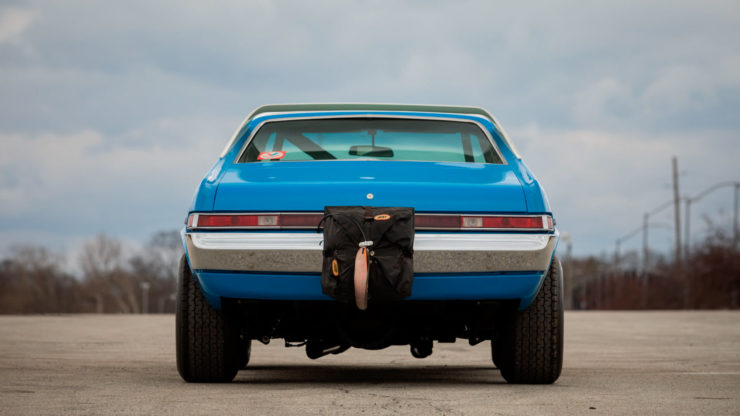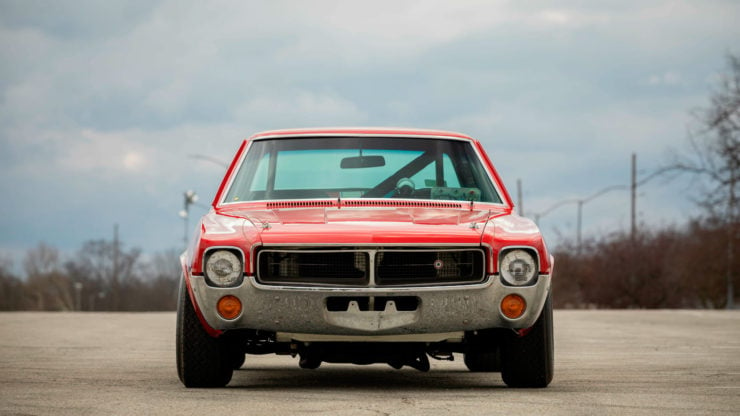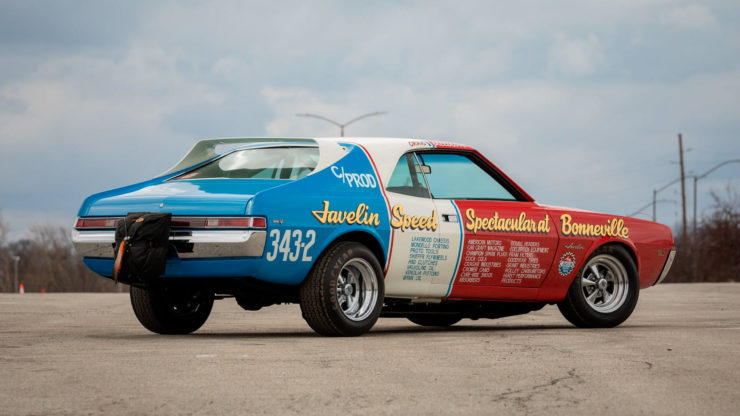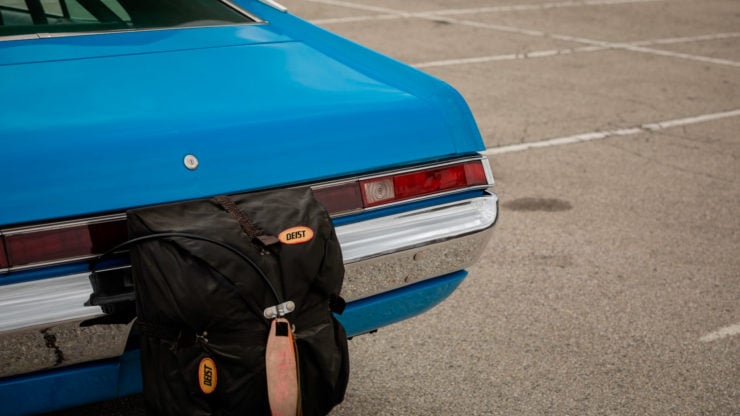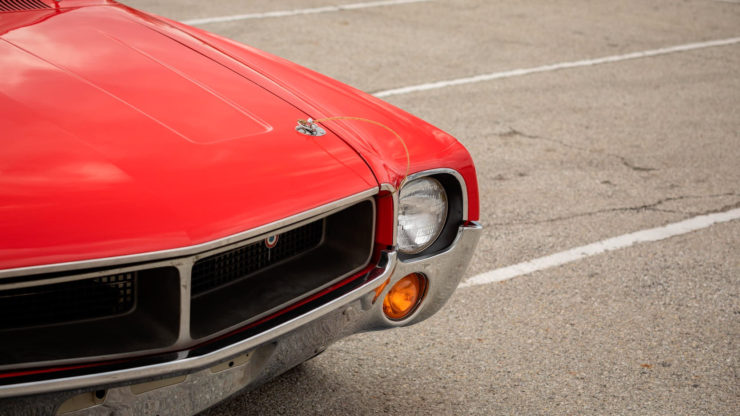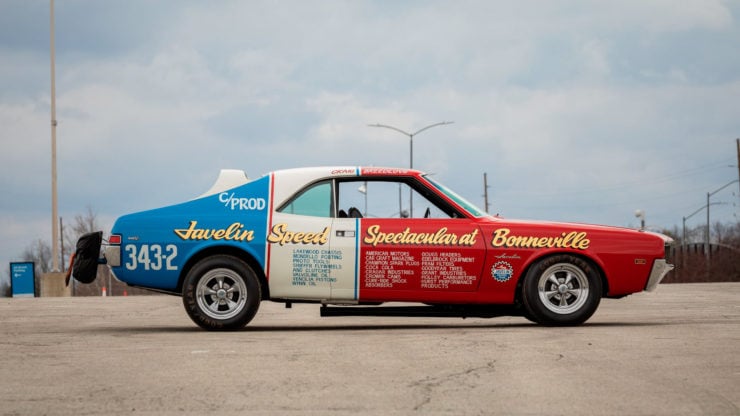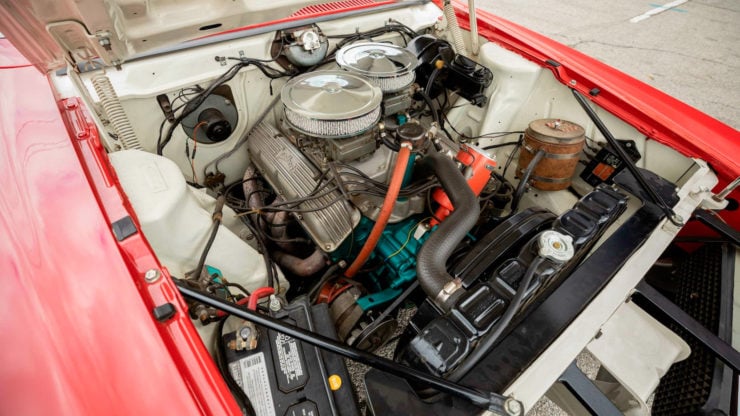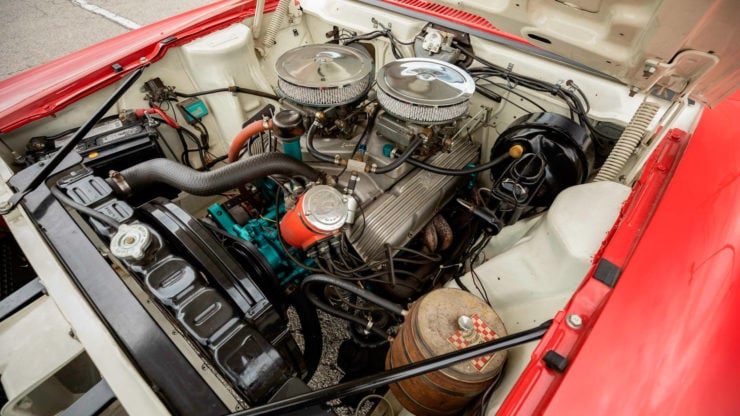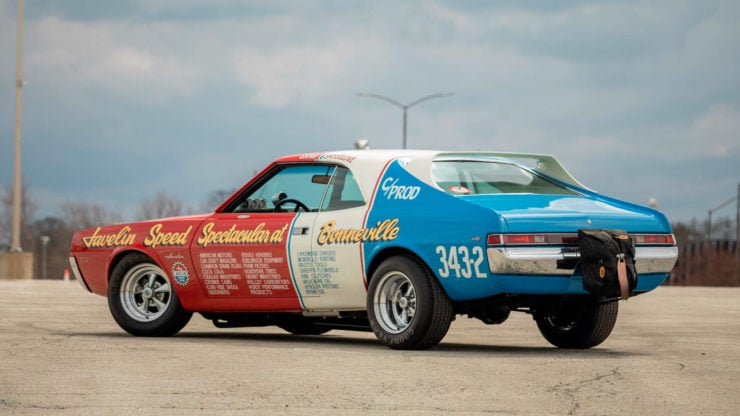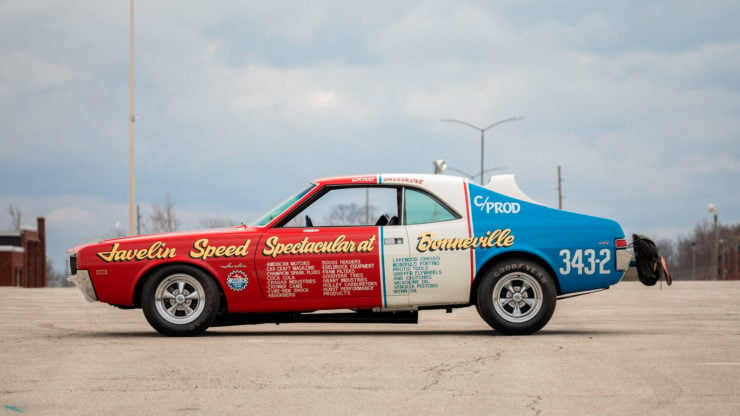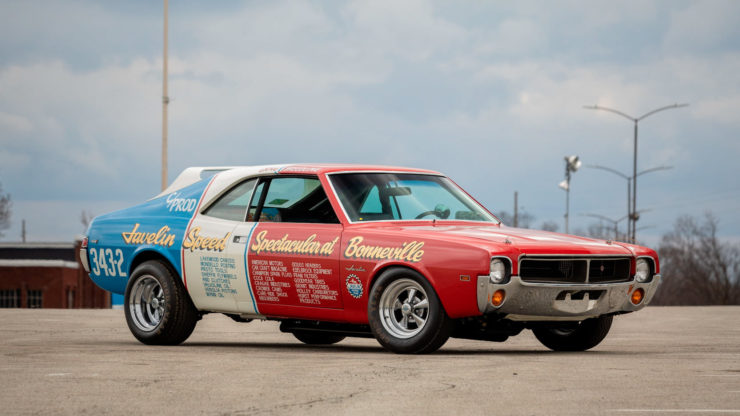This is a freshly restored Ford Transit Mark I Camper Van from 1969 that’s been given the Lotus Cortina treatment – as a tongue-in-cheek homage to the classic little compact car that proved so successful on the race tracks of Britain back in the 1960s.
The Ford Transit Mark I made a popular starting point for camper conversions in the UK, they were relatively inexpensive to buy and operate, and they had plenty of room in the back for all the essential items you need for holidays on the go.
Fast Facts – Ford Transit Mark I Camper Van
- Since it was introduced in 1965 over 8 million examples of the Ford Transit van have been built across four generations, making it the third best selling van of all time.
- The first generation Ford Transit, known as the Mark I, was introduced in October of 1965 and it proved immediately popular thanks to its large size, reliable V4 engine, and excellent cargo capacity.
- Fords Transits have been used for everything from ambulances to police paddy wagons, most were used for commercial purposes and some were modified to become pick-up trucks, minibuses, crew-cabs, and more.
- Ultimately Ford would keep the first generation Transit in production for over 20 years, it became a staple cargo vehicle in Britain and further afield in places like Australia, New Zealand, and South Africa.
The Mighty Transit
When it was first released in the mid 1960s the Ford Transit had a tough road ahead of it, it was developed to replace the aging Thames 400E van which had been losing marketshare to the likes of Bedford and to Volkswagen with their Type 2 van.
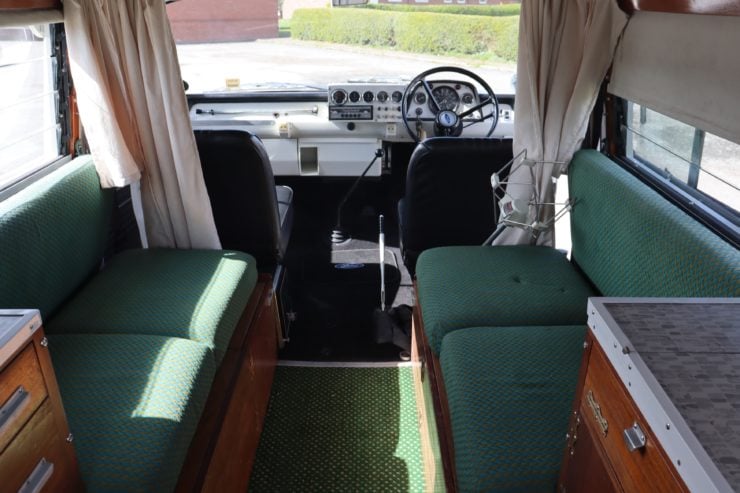
This Transit was restored in 2017 into a period correct camper van, with many original fixtures and fittings.
The design team behind the Transit started with a blank slate. They knew the new van had to be wider and longer than the Thames 400E, it had to be capable of carrying as much or more cargo than its competitors, and it needed to have a front engined, rear wheel drive layout.
Ford’s pre-existing V4 engine was a perfect fit for the new Transit as it was shorter than an inline four, fitting neatly into the compact front engine bay. Later versions of the Transit would offer a variety of different engines, some requiring the front of the van to be extended outward – earning them the nickname “pig snout.”
Power was sent back through a manual transmission to the rear wheels, and the large cargo space in the rear made the Transit highly versatile. Many were used as ambulances and police paddy wagons, others were converted into pick-up trucks, minibuses, crew-cabs, and more.
One use of the Transit van that none of the original designers saw coming was “bank robber getaway vehicle.” The new Ford van became a popular getaway car as they could accommodate a gang of men, a large amount of stolen goods, and the Transit was so common on the streets of England that no one noticed them.
In 1972 a Scotland Yard spokesman explained that “Ford Transits are used in 95 percent of bank raids. With the performance of a car, and space for 1.75 tonnes of loot, the Transit is proving to be the perfect getaway vehicle”, describing it as “Britain’s most wanted van.”
The Mark I Transit would be replaced by the Mark II in 1977, the two vans were almost the same save for a few modifications including a modernized front end and dashboard.
Collectors and enthusiasts have started discovering the Ford Transit Mark I in earnest in recent years. They’re now starting to see their values rise and high-end restorations are being undertaken worth tends of thousands of pounds.
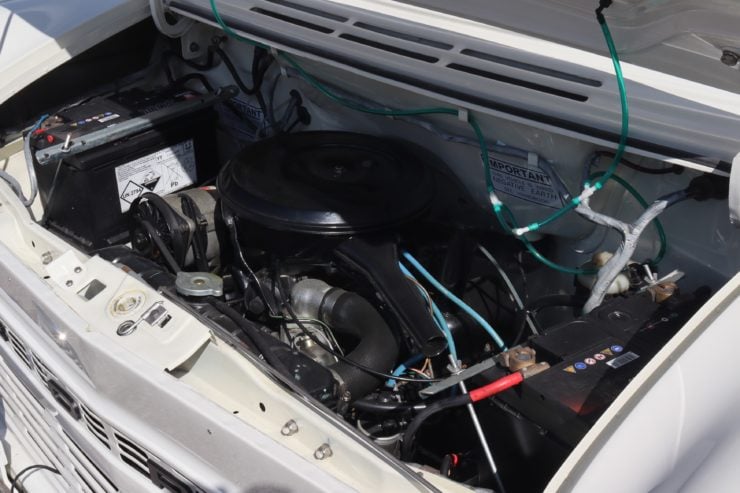
This van is powered by the Ford V4 engine, chosen due to its compact size which made it ideal for the small engine bay on the Transit.
The “Lotus Cortina” Ford Transit Mark I Shown Here
The Mark I Transit you see here has been restored to “Lotus Cortina” specification – turning it into a special edition van that never actually exited in period.
The original Lotus Cortina was a modified version of the standard Ford Cortina road car, Lotus engineers reworked it for better performance and they succeeded admirably – creating a little two-door sporting sedan with impressive racing potential.
This potential was soon realized with Jim Clark winning the 1964 British Saloon Car Championship, Jackie Stewart and Mike Beck then won the Marlboro 12 Hour, Alan Mann Racing took a 1-2 finish in the “Motor” Six Hour International Touring Car Race at Brands Hatch.
A slew of other race wins would follow, firmly cementing the Lotus Cortina as one of the most popular blue collar performance cars of its day. The most distinctive exterior visual difference between the Lotus Cortina and the regular Ford Cortina was the green stripe down the side, finished off with a Lotus badge.
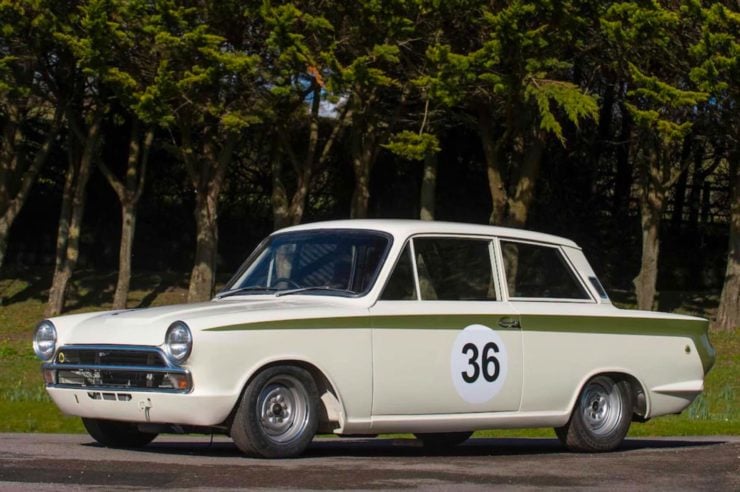
This is a Lotus Cortina (Mk1). Each started as a standard Cortina before being sent to Lotus who fitted one of their own Twin Cam engines, and a slew of suspension (and other) upgrades.
During its restoration this Transit has received this same stripe and Lotus logo, showing us what a Lotus Transit might have looked like in period, even though the very idea of it is as preposterous as it is amusing.
This Transit started out as a standard Ford Transit Mark I from 1965, it has continuous known history from new with 58,702 miles on the odometer.
In 2017 it was professionally restored to vintage camper specification, it has many rare and original fittings including utensils, appliances and fittings, along with a TV and a few other modern upgrades to make it more usable in the 21st century.
As a further hat tip to the Lotus Cortina, this Transit now has a custom dashboard box that contains a rally-style instrument panel with gauges, switches, and a period push-button radio.
The van is now due to roll across the auction block with H&H Auctions on the 27th of April with a price guide of £20,000 – £30,000, which works out ton approximately $26,000 – $39,100 USD. If you’d like to read more about it or register to bid you can click here to visit the listing.
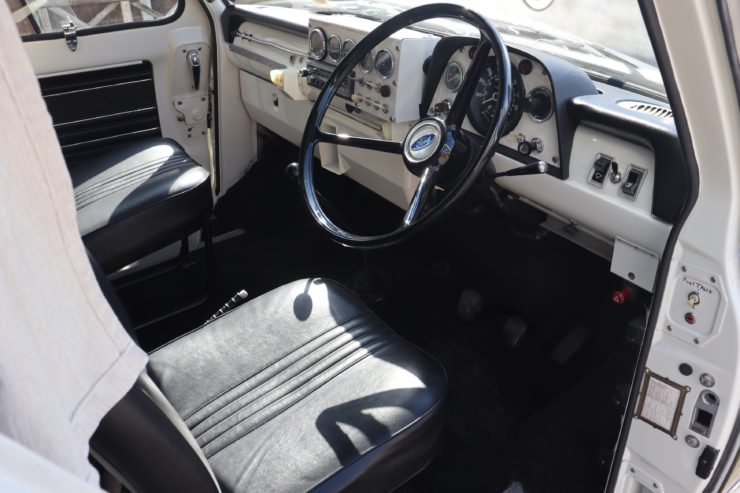
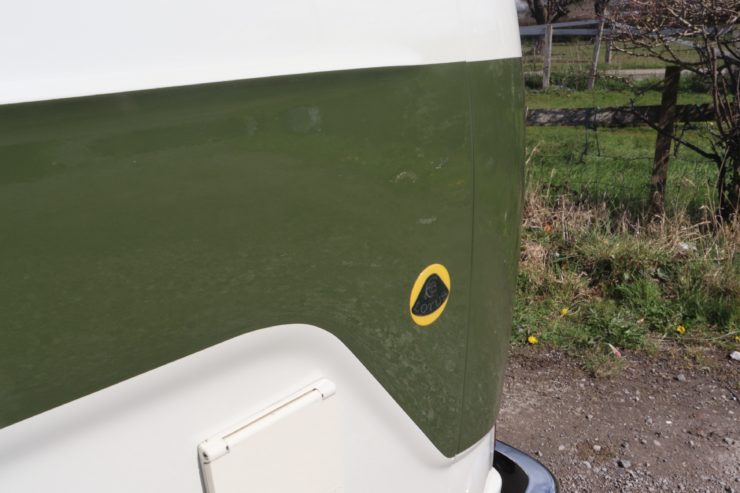
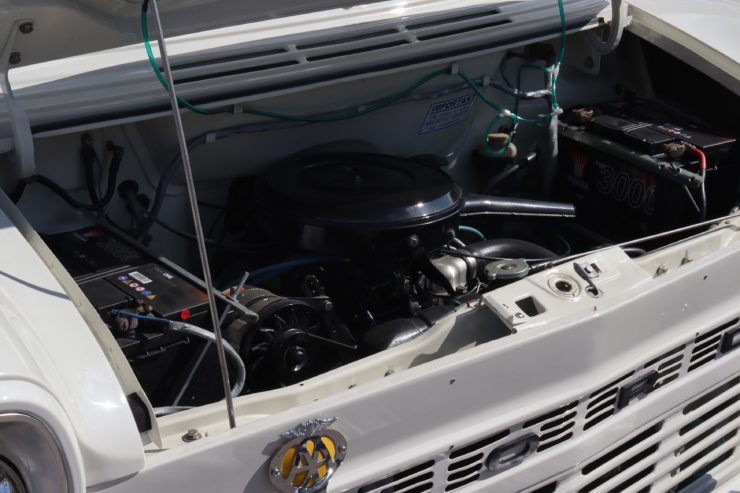
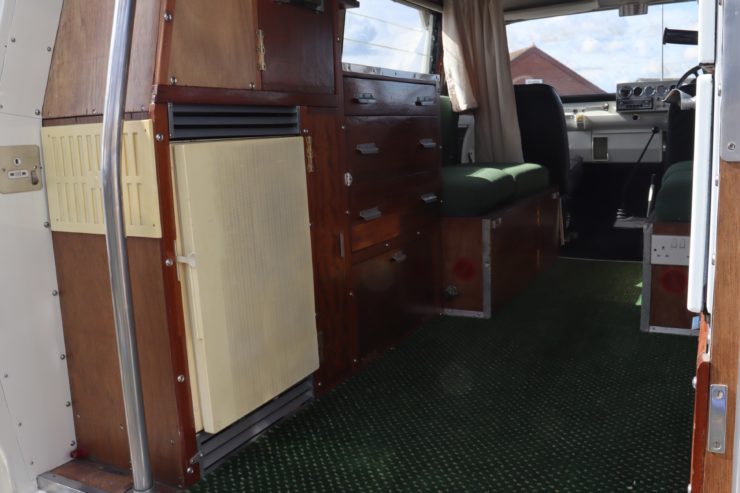
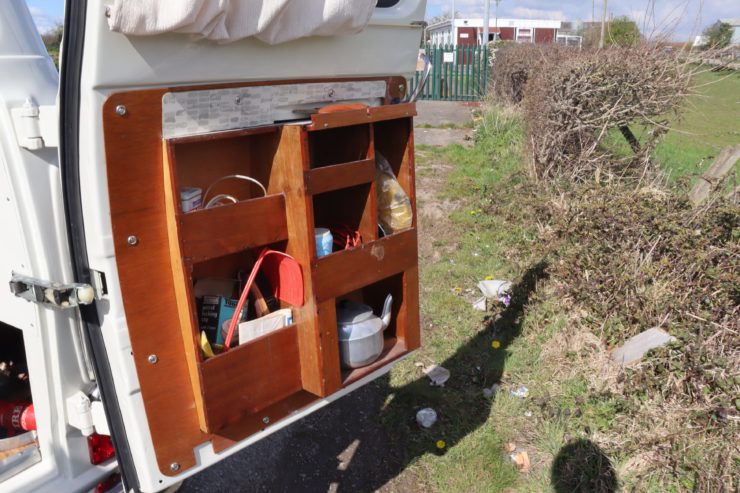
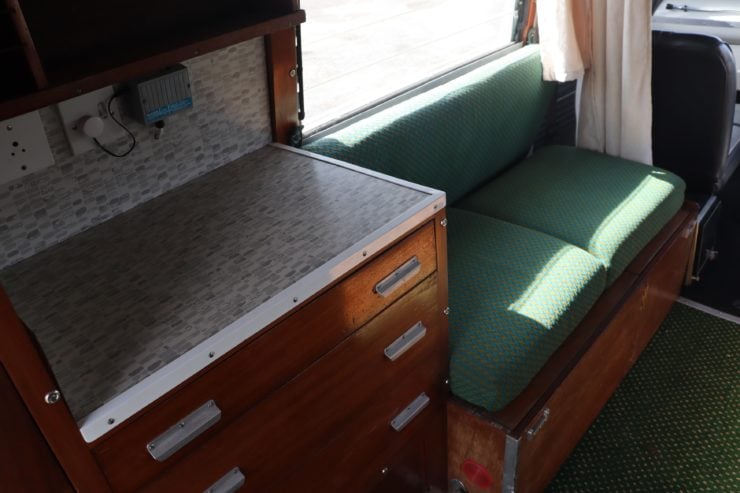
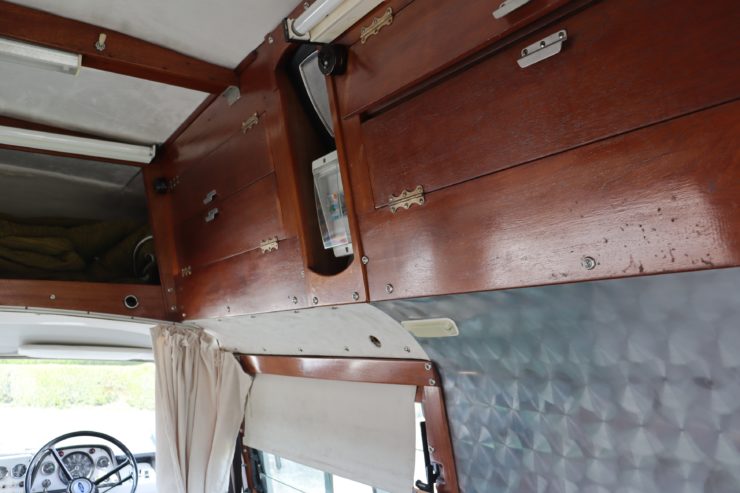
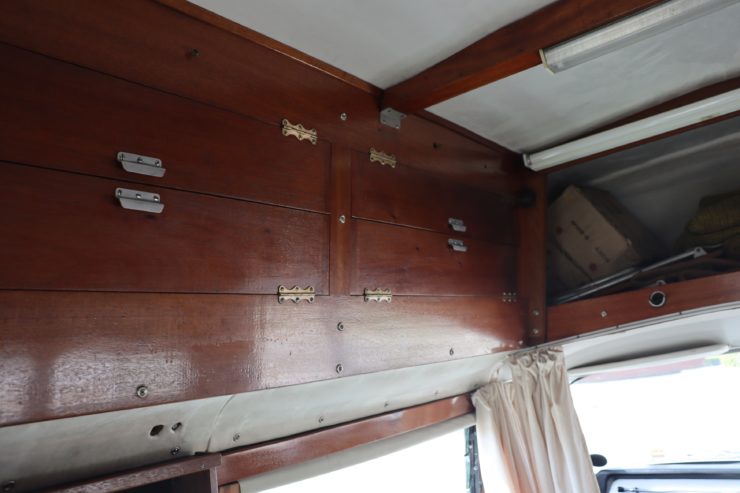
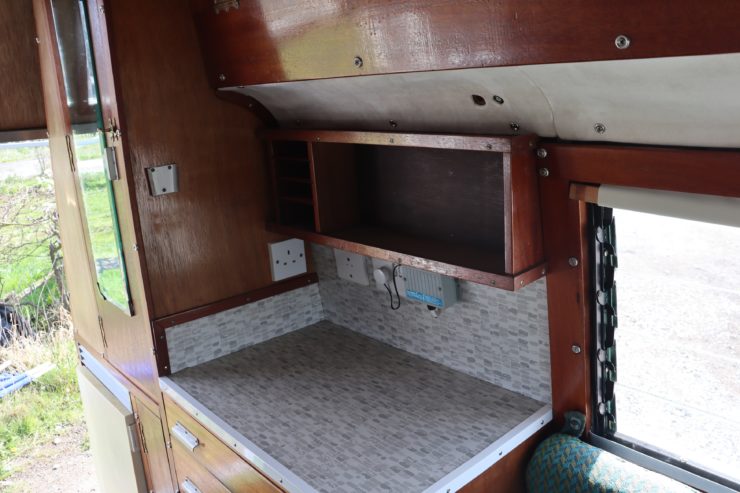
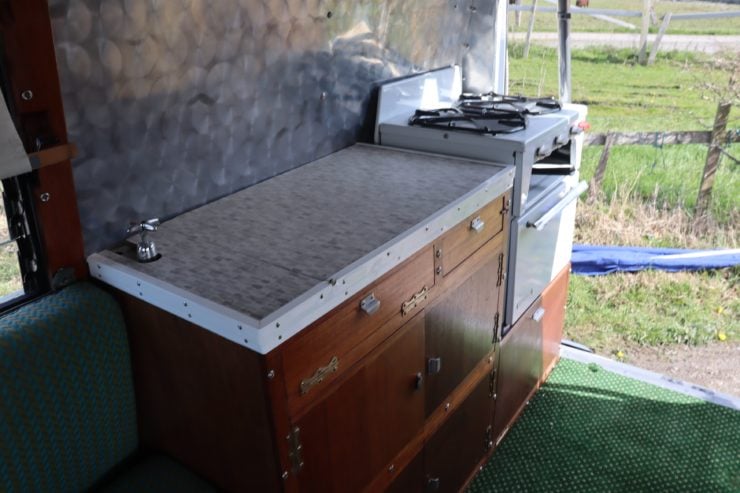
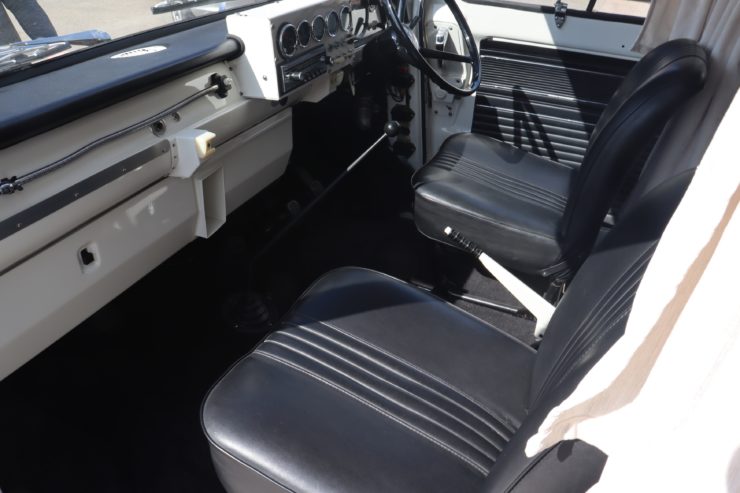
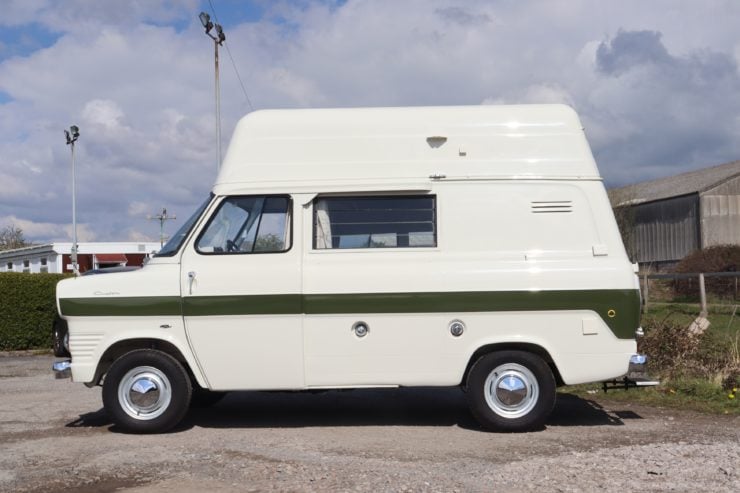
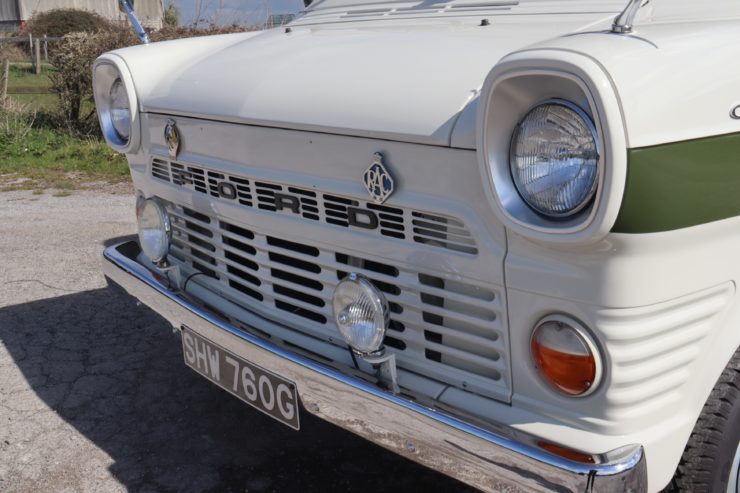
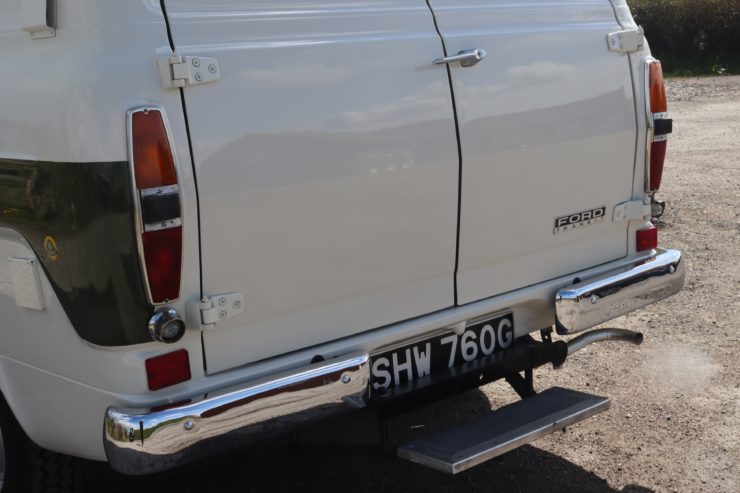
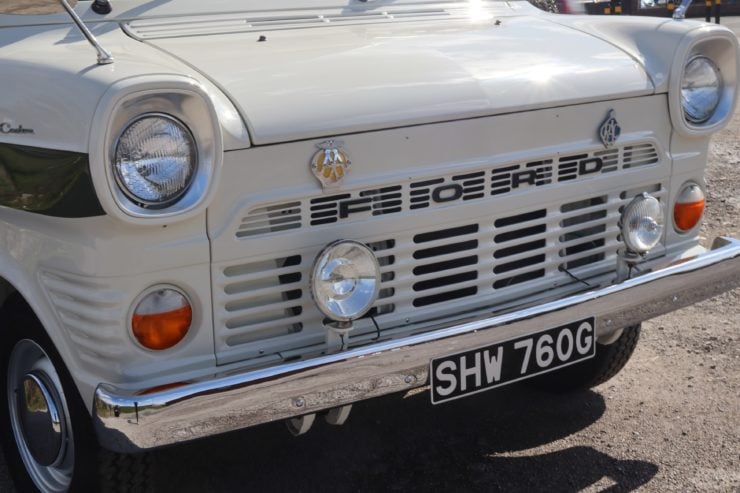
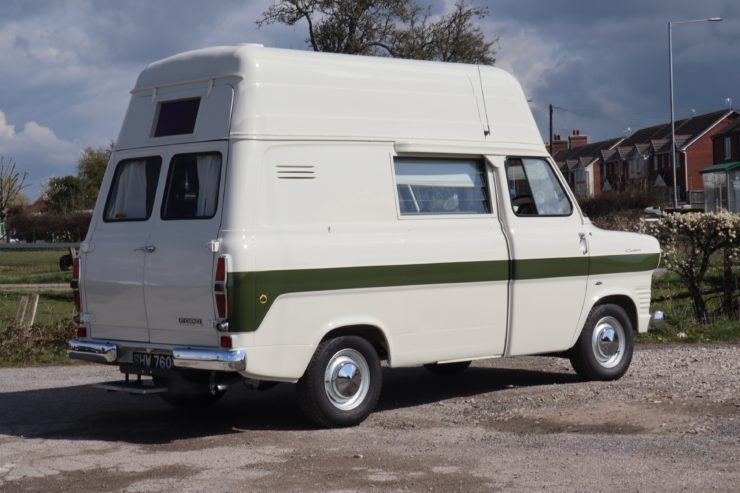
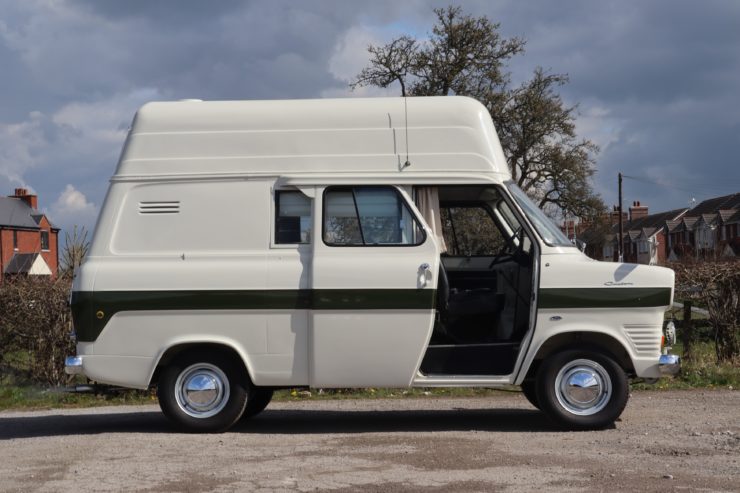
Images courtesy of H&H Auctions
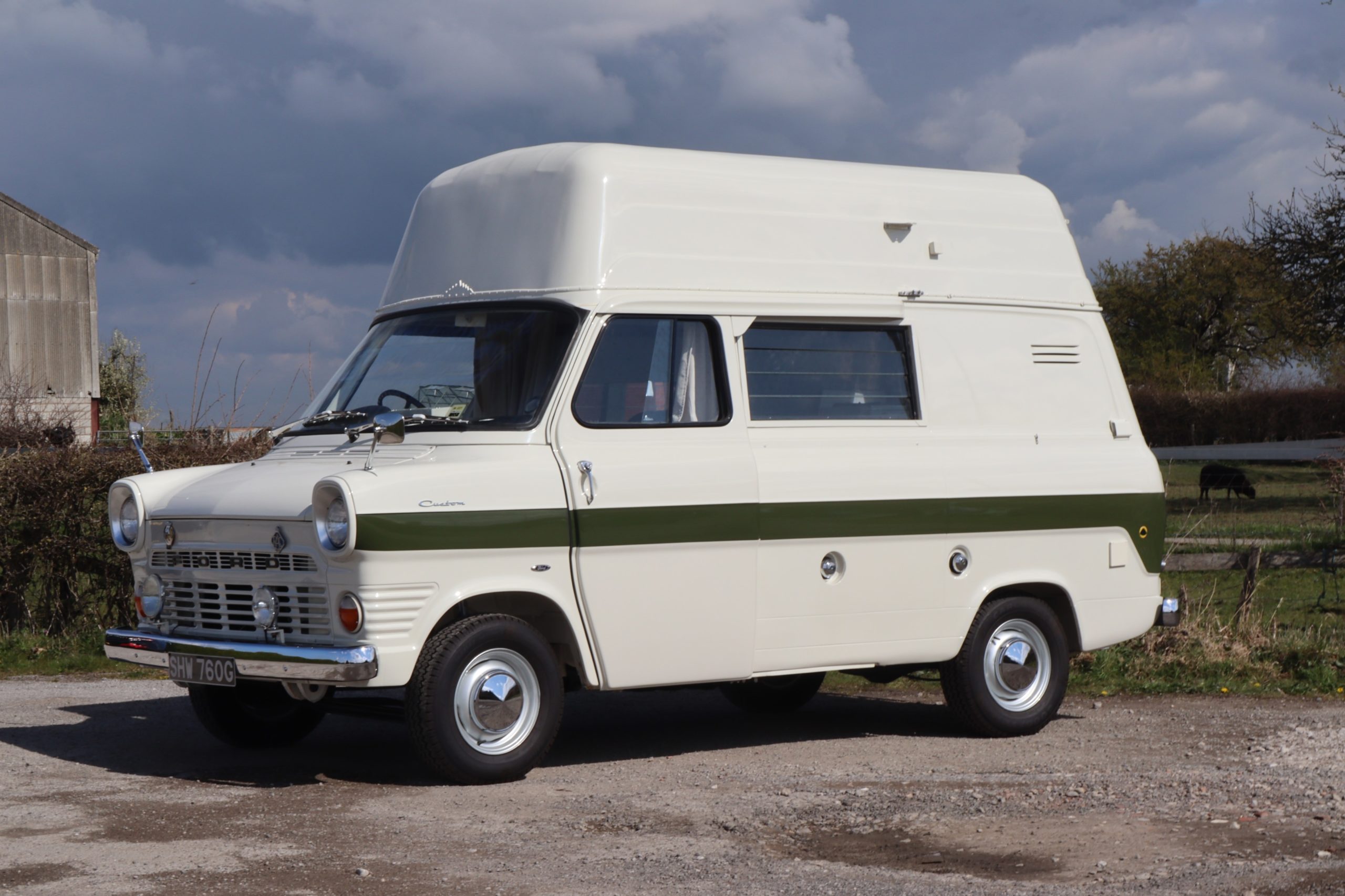
The post A 1969 “Lotus Cortina” Ford Transit Mark I Camper Van appeared first on Silodrome.
from Silodrome https://silodrome.com/lotus-cortina-ford-transit-mark-i-camper-van/
via gqrds
